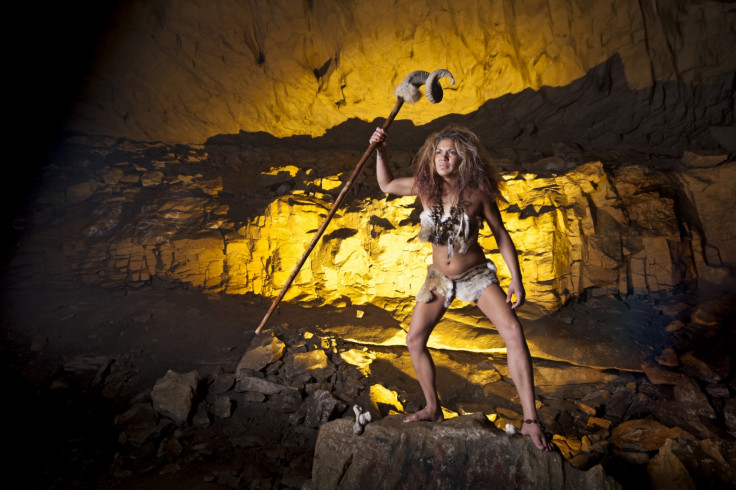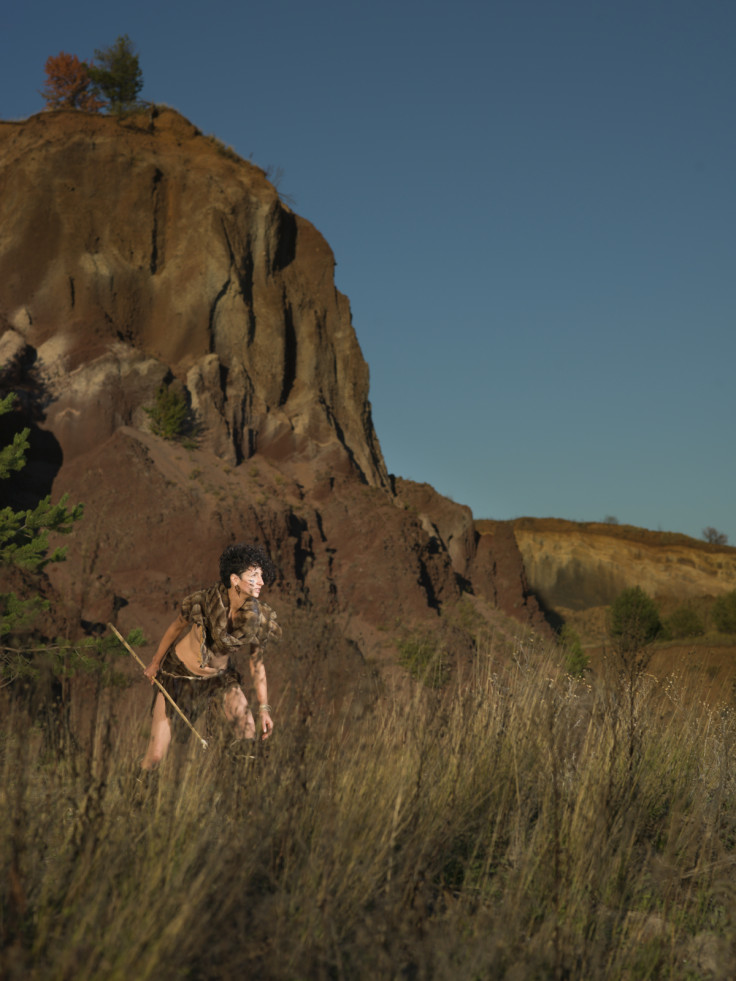Five reasons prehistoric women had it better than us

A study of contemporary hunter-gatherer tribes by anthropologists at University College London has suggested that, far from our common perception of them, our earliest ancestors may have seen sexual equality as the norm.
Mark Dyble, the anthropologist who led the study, told the Guardian: "There is still this wider perception that hunter-gatherers are more macho or male-dominated. We'd argue it was only with the emergence of agriculture, when people could start to accumulate resources, that inequality emerged."
In fact, he even went on to suggest that sex equality may have been a crucial survival advantage, which could have played a role in human social organisation and development:
"Sexual equality is one of an important suite of changes to social organisation, including things like pair-bonding, our big, social brains, and language, that distinguishes humans. It's an important one that hasn't really been highlighted before."
The study is just one of many, and there are inevitable disagreements about exactly how our earliest ancestors lived. But musing on its findings (and with tongue firmly in cheek) one might extrapolate significant benefits that prehistoric women may have enjoyed, which women in the 21<sup>st century are still struggling to achieve...
Equal Opportunities

The study revealed that in both peoples studied, women played a major role in providing subsistence for the family.
In the case of the Mbendjele, for example: "Both men and women make substantial contributions to household provisioning, spending significant amounts of time foraging for forest products including game, honey, fish and plants". This suggests that our early ancestors may have shared labour.
In 2015, however, men still dominate the workplace. There are more than twice as many men named John leading FTSE 100 companies as there are women. In the UK, women make up just one tenth of engineers, one fifth of architects, write only one fifth of front page newspaper articles and are the creators of just 8% of public art in Central London, to name but a few examples.
As of December 2014, there were just 26 female CEOs of Fortune 500 companies.
No Pay Gap
Workplace inequality continues with pay. While our ancestors presumably benefitted equally from the food they gathered, in the UK women still earn less remuneration than men. The overall pay gap stands at 19.1% measured by median gross hourly pay, and 9.4% comparing full-time work. Internationally, the United Nations warns that at the current rate of change the pay gap is not expected to close for another 70 years.
Shared Childcare
Workplace inequality continues with pay. While our ancestors presumably benefitted equally from the food they gathered, in the UK women still earn less remuneration than men.
In both groups studied for the survey, men were found to be active in childcare, suggesting that splitting the responsibility of looking after children may once have gone hand-in-hand with dividing foraging duties. But today women shoulder the brunt of unpaid caring work, including for children, and are more likely to work part-time than men for this reason.
Part-time work typically pays less well per hour than full time work, which exacerbates the gender pay gap. Mothers with children under five are far more likely to be absent from the workplace than fathers, and a Fawcett society study suggested that "for each year she is absent from the workplace, a mother's future wages will reduce by 5%". In addition, research suggests that up to 50,000 women per year in the UK may lose their jobs as a result of maternity discrimination.
Shared Decision Making
The key premise of the study is that equality of the sexes may have been demonstrated by men and women having an equal say in making decisions that impacted the family – specifically where and with whom they lived.
In 2015, we still live in a world in which many of the major decisions impacting on our lives are made by bodies disproportionately composed of white men. In the new UK Parliament, women still make up less than one third of MPs, with 191 out of 650 seats. Only 8 out of 38 Court of Appeal judges and 21 out of 108 High Court judges are women.
Body hair not considered disgusting
Full disclosure – at this point I am taking leave of any tenuous connection to the study altogether – but it doesn't seem unreasonable to assume that, for our early ancestors, the warmth provided by body hair might have been considered just as useful for women as it was for men.
Today, on the other hand, we have arbitrarily decided that, while body hair is considered acceptable and normal for our male peers, it is worthy of comment and disgust if women have the temerity to allow it to grow unchecked. If a woman spends half an hour a week attending to armpit and leg hair and plucking or bleaching facial hair, she loses the equivalent of more than one day each year to these socially mandated tasks. If she chooses to forego such grooming, she risks experiencing social stigma and ridicule.
I am, of course, being flippant. I'm not really trying to suggest that life was 'better' for prehistoric women than it is today; to dismiss the very real hardships our ancestors faced; or to belittle the hard-won gains in social justice and legislative equality that we have since achieved.
But it is striking to think that so many centuries later we are still grappling with the challenges of dividing childcare, rewarding women equally for the same work and seeing them fairly represented in politics, business and the judiciary. We may have come a long way, but we still have a lot further to go.
Laura Bates is the founder of the Everyday Sexism Project, which has collated over 80,000 women's stories of harassment and discrimination at work and in everyday life. She is also a prolific writer and the recipient of several awards. Follow Laura on Twitter here.
© Copyright IBTimes 2025. All rights reserved.






















